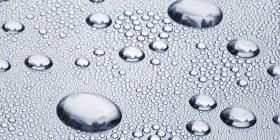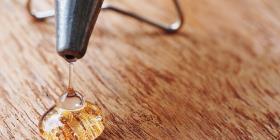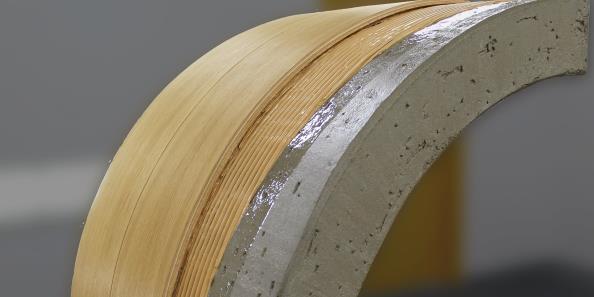
Polyurethane raw materials for 100% solids adhesives and sealants
Featured Brands
- Polyols for high-performance 2K solventborne adhesives
- Pre-polymers for more flexible epoxy coatings and tougher adhesives and sealants
- Polyisocyanates for a wide range of PU foams, coatings and adhesives
- A wide range of polyols for high-performance polyurethane applications
- Prepolymers for low-VOC elastic sealants and adhesives
For 1K moisture-curing systems we offer prepolymers which are based on different polyol (polyester, polyether, polycarbonate) and polyisocyanate (aromatic, aliphatic) components. This broad portfolio, combined with the proper selection of additional ingredients (e.g. catalysts, fillers and plasticizers), permits the formulation of 100% solids adhesives with properties that meet high performance requirements.
For 2K systems we offer Desmodur® polyisocyanates, Desmodur® and Desmoseal® prepolymers which are used in combination with Baycoll® polyesters, Desmophen® polyesters and polyethers as well as Arcol® and Acclaim® polyethers.
Desmodur® polyisocyanates are available based on aromatic (MDI, TDI) or aliphatic (HDI, PDI, IPDI, H12MDI) monomers.
Desmodur® polyurethane prepolymers (based on aromatic and aliphatic monomers) are designed for use in high-performance adhesives. Such products are available with an NCO-content ranging from 3% up to 25%. Desmoseal® M 280 is a tailor-made prepolymer for sealants and elastic adhesives. Due to its low NCO-content (approx. 2%) bubble-free adhesive and sealant lines can be achieved.
Desmoseal® S silane-terminated polyurethane prepolymers (STP) combine the benefits of a polyurethane backbone with a silane-based curing mechanism. Some main applications include elastic adhesives and sealants.
Desmocap® prepolymers contain blocked isocyanate groups. They are mainly used to modify epoxy adhesives. Adhesives and sealants based on 100% solids polyurethane raw materials have many attractive features such as:
- Good adhesion
- Good flexibility
- Good chemical resistance
- Adaptable reactivity





















